Airlines have long turned baggage rules into a strategic game. At stake are comfort, time, and money. Miss one point in the conditions, and the luggage goes to the cargo hold, along with your wallet going on a “diet.” Understanding what can be taken in carry-on luggage on the plane saves not only nerves but also resources. Every gram and millimeter counts in euros.
Standards without maneuvers: size and weight of carry-on luggage
There are no universal indicators – airlines set their own norms for dimensions and weight. The standard for most flights is 55×40×20 cm, although some low-cost carriers limit the dimensions to 40×30×20 cm. The weight varies from 7 to 10 kg, with some airlines allowing up to 12 kg. For example: Lufthansa allows up to 8 kg, Turkish Airlines – up to 8 kg, Ryanair – only 6 kg for the basic fare.
Failure to meet the parameters during check-in or boarding leads to additional charges for excess baggage. On short routes, the cost can range from 40 to 80 euros. Dimension control is not based on the shape – but on the fact: if it doesn’t fit in the sizer, get ready to part with your money.
Liquids in carry-on luggage: how to avoid exceeding restrictions
Liquids are a reason for regular disputes during screening. The rules are clear: the total volume must not exceed 1 liter, each bottle – maximum 100 ml. All containers – only in a transparent resealable bag.
The category includes not only water and beverages, but also:
- cosmetics (mascara, cream, spray);
- toothpaste;
- sauces and yogurts;
- perfume.
Exceptions are made only for medications confirmed by a prescription and baby food for the duration of the flight. The airport does not forgive self-will – violators will be asked to leave the “excess” for inspection.
Prohibited items in carry-on luggage
Even a small item can violate the rules and disrupt boarding. Knowing the prohibited items helps avoid disposal, fines, and extra screening at the airport. Not every compact item is allowed in carry-on luggage.
Strictly prohibited are:
- sharp objects: knives, scissors with a blade over 6 cm, manicure tools;
- weapons, imitations, explosives;
- tools;
- aerosols, spray cans.
Violating the rules not only results in confiscation but also in additional checks, delays, and missed flights. What is not allowed in carry-on luggage is often indicated in small print on the airline’s website – but ignorance only exempts you from baggage, not from responsibility.
Suitcase or backpack: the choice of format matters
Carry-on luggage on the plane is not just a wheeled suitcase. Carriers allow a backpack or bag as an alternative, provided that the dimensions are observed. Some fares (e.g., Ryanair Basic) only allow one small bag up to 40×20×25 cm for free.
Important: it’s not about the perceived size, but the specific centimeters that determine the outcome at the check-in counter. Exceeding the dimensions by even 1-2 cm can turn carry-on luggage into paid baggage. Special attention should be paid to protruding parts – wheels and handles.
How to pass security control without extra problems
At the screening stage, the security service checks not only the contents but also compliance with the dimensions. The X-ray belt is not a metaphor but a reality. Each item undergoes a check for compliance with the requirements. In case of violations, there is mandatory confiscation or denial of boarding.
Special caution should be exercised when transporting:
- electronics: laptops, tablets, chargers are checked separately;
- medications: prescription drugs are checked with supporting documents;
- children’s items: formula, bottles, wipes – only in the necessary amount.
At the control stage, order is important: prepare devices in advance, pack liquids in a bag, remove outerwear. This saves time and reduces stress at the airport.
What can be taken in carry-on luggage on the plane: permitted arsenal
A precise list of permissible items reduces the risk of errors during packing. The right choice of contents ensures quick passage through security and avoids unexpected restrictions.
Permitted categories:
- smartphones, tablets, laptops, chargers;
- headphones, e-readers, cameras;
- documents, tickets, keys, money;
- books, magazines, packaged food without liquid;
- personal hygiene items (in permitted volume);
- outerwear, umbrella;
- medications with a prescription;
- baby essentials (formula, bottles);
- duty-free items in a sealed bag;
- folding cane, crutches (as needed).
Even permitted items require compliance with format, packaging, and weight. Confidence in the bag’s contents allows you to focus on the journey, not on explanations to inspectors.
Tariff sum: consequences of exceeding limits
Failure to comply with carry-on luggage requirements leads to budget overruns. Excess baggage incurs additional charges. The cost varies from 20 to 100 euros depending on the destination and fare type. Some carriers charge fees even for improperly placed backpacks.
Reducing risks involves studying the tariff conditions in advance and using precise dimensions and weights when packing.
Sports equipment, children’s items, and non-standard cases
Airlines restrict but do not exclude the possibility of bringing sports or specialized equipment into the cabin. Cycling gloves, swimming goggles, yoga straps, and even rollerblades are allowed if they meet carry-on luggage requirements. However, larger items such as boards, rackets, clubs are transported exclusively in checked baggage, subject to a separate fee.
Children’s items are additionally allowed: on many flights, you can bring a bassinet, a collapsible stroller, or a car seat at no extra charge. However, each carrier specifies its own list – studying the fare conditions before the flight is critical.
How to save without sacrificing convenience
Savings start not with the bag but with an analysis of the rules. What can be taken in carry-on luggage on the plane is not just a list but a tool for managing expenses during the journey.
Pre-check:
- dimensions (use a sizer or measure with a ruler);
- weight (home scales provide an accurate forecast);
- tariff options (some airlines only include carry-on luggage in premium tickets).
A backpack or suitcase within the parameters, a lightweight container for liquids, clear packaging order – the basic formula that helps avoid additional expenses. A well-packed carry-on luggage turns a regular flight into a confident air travel when all variables are considered: from bag choice to passing security. Properly assembled carry-on luggage in the plane does not complicate the flight but simplifies it.
What can be taken in carry-on luggage on the plane: conclusions
Understanding what can be taken in carry-on luggage on the plane gives an advantage – not only in comfort but also in resource management. Control, requirements, rules, tariffs – are not abstractions but specific parameters that affect every journey. A clear list of permitted items turns baggage from a lottery into a predictable process.


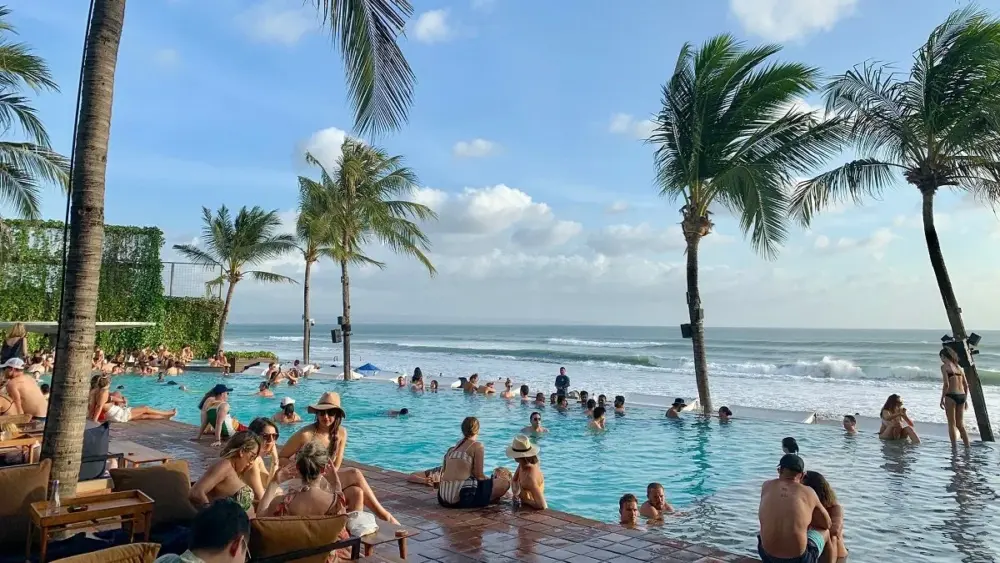
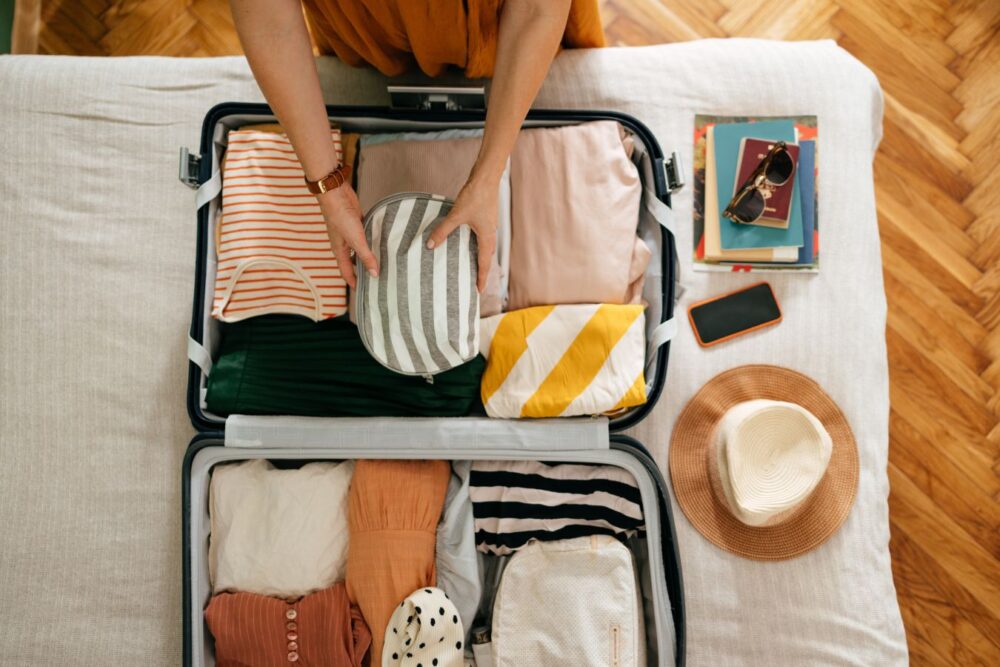
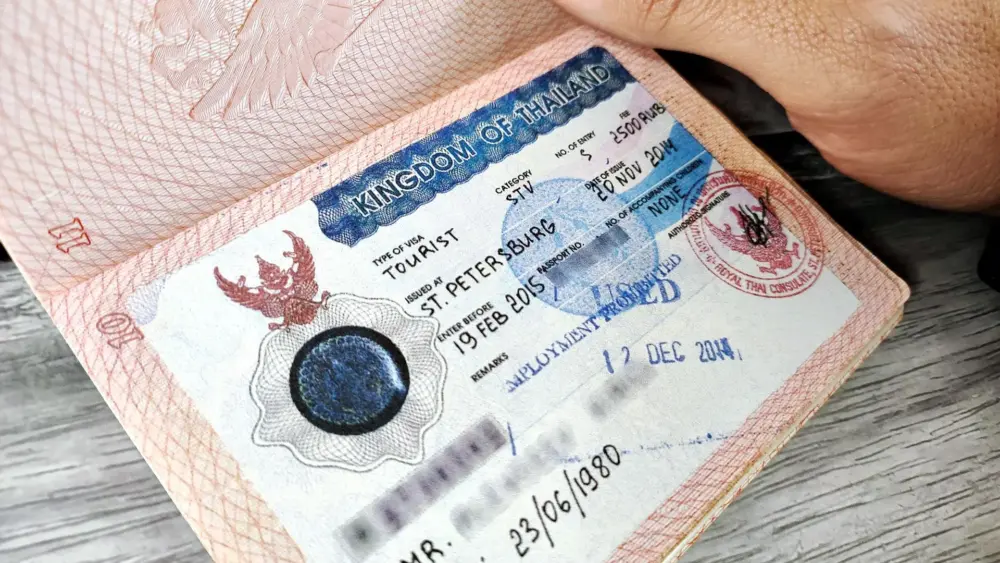
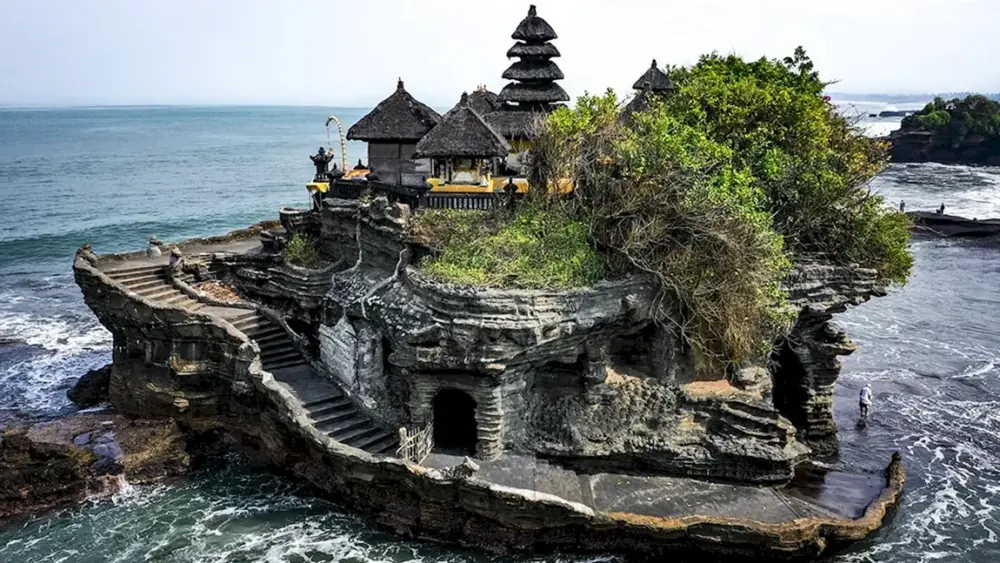

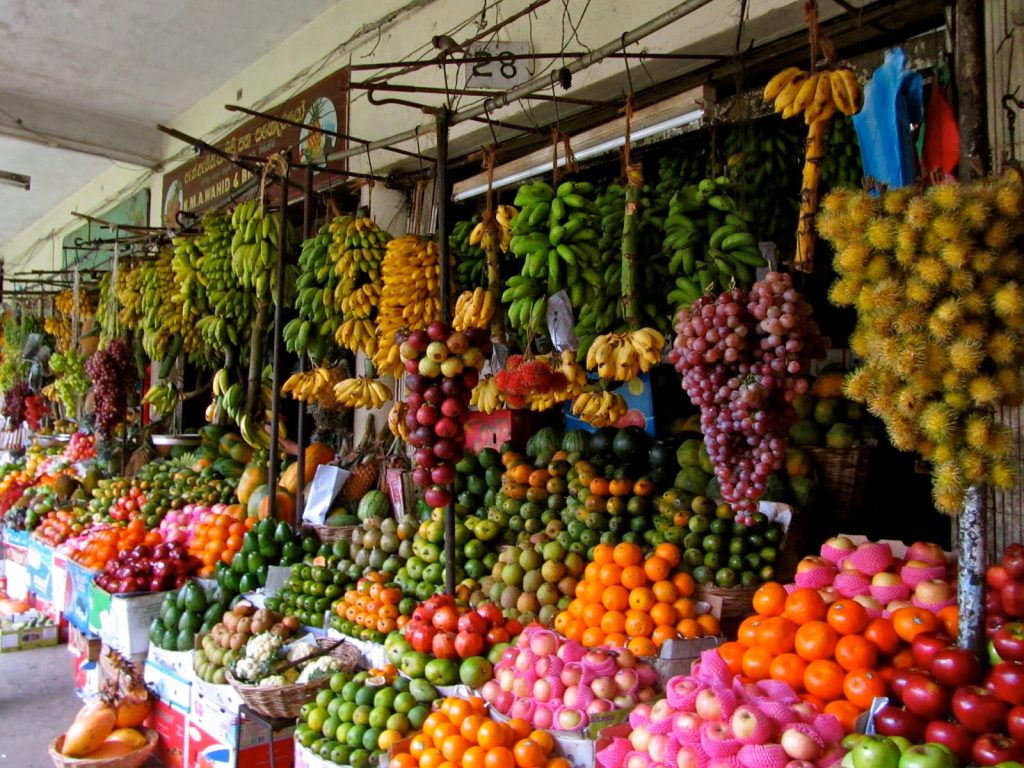 These methods are tried and tested by thousands of travellers who choose freedom over a travel agent. They don’t require sacrifice – just a little flexibility and mindfulness. Practical ways to save money work right here: where small habits add up to big savings. Each item is a concrete tool that cuts costs without compromising on the experience:
These methods are tried and tested by thousands of travellers who choose freedom over a travel agent. They don’t require sacrifice – just a little flexibility and mindfulness. Practical ways to save money work right here: where small habits add up to big savings. Each item is a concrete tool that cuts costs without compromising on the experience: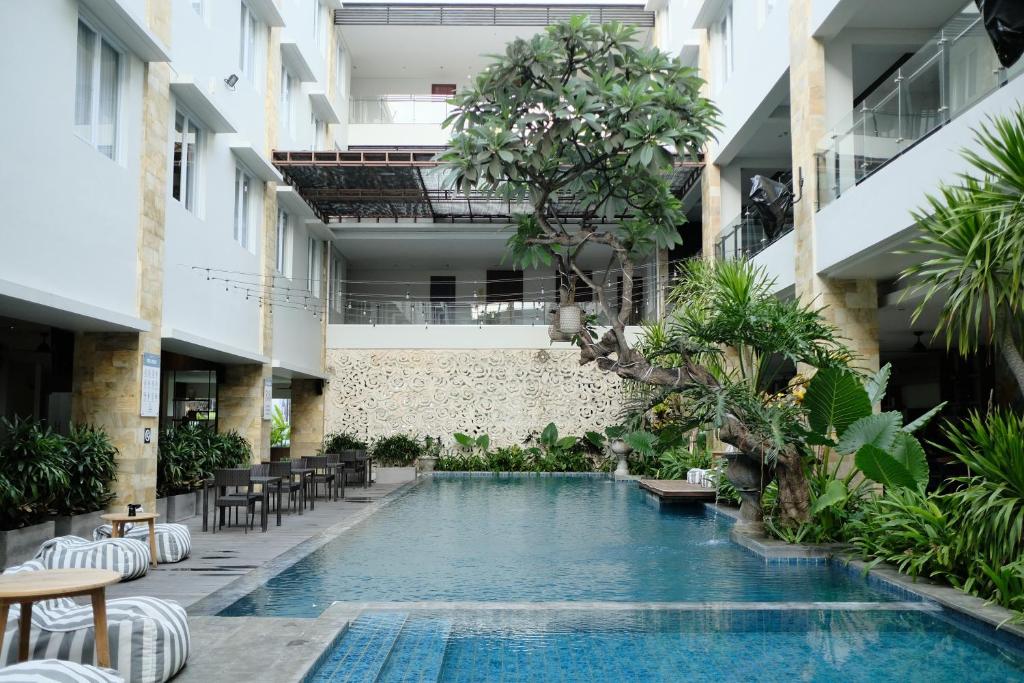 Holidays do not depend on the amount of money in your wallet. Proper budget allocation reduces spending on accommodation, food, transport and leisure activities. The intensity of the trip remains the same. It’s not the amount of money spent that matters, but the way expenses are structured and controlled. A rational approach turns every expense into an investment of comfort, freedom and experience. Thoughtful steps allow you to discover the resort in its entirety – without compromise or financial pressure.
Holidays do not depend on the amount of money in your wallet. Proper budget allocation reduces spending on accommodation, food, transport and leisure activities. The intensity of the trip remains the same. It’s not the amount of money spent that matters, but the way expenses are structured and controlled. A rational approach turns every expense into an investment of comfort, freedom and experience. Thoughtful steps allow you to discover the resort in its entirety – without compromise or financial pressure.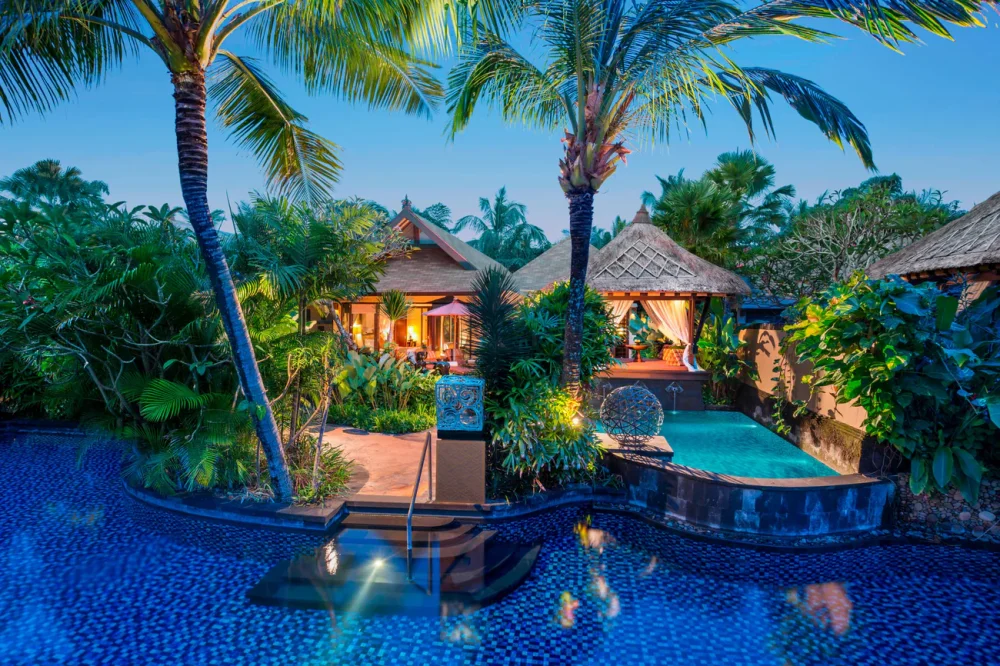
 Grün Resort Uluwatu offers geometry, minimalism and ocean sunsets in every room. The architects used natural ventilation, solar panels and local materials. The resort has become a leader among Bali’s eco-friendly luxury hotels.
Grün Resort Uluwatu offers geometry, minimalism and ocean sunsets in every room. The architects used natural ventilation, solar panels and local materials. The resort has become a leader among Bali’s eco-friendly luxury hotels. The ranking of the top 10 luxury hotels in Bali shows that the idea of a luxury holiday has changed dramatically. Today, it is not status that is valued, but substance: atmosphere, concept and authentic details create a real experience. Each resort in the selection is a different story, where luxury is expressed in silence, aesthetics, care and meaning. The modern traveller is not looking for luxury, but for a place to reset, be quiet and immerse in culture.
The ranking of the top 10 luxury hotels in Bali shows that the idea of a luxury holiday has changed dramatically. Today, it is not status that is valued, but substance: atmosphere, concept and authentic details create a real experience. Each resort in the selection is a different story, where luxury is expressed in silence, aesthetics, care and meaning. The modern traveller is not looking for luxury, but for a place to reset, be quiet and immerse in culture.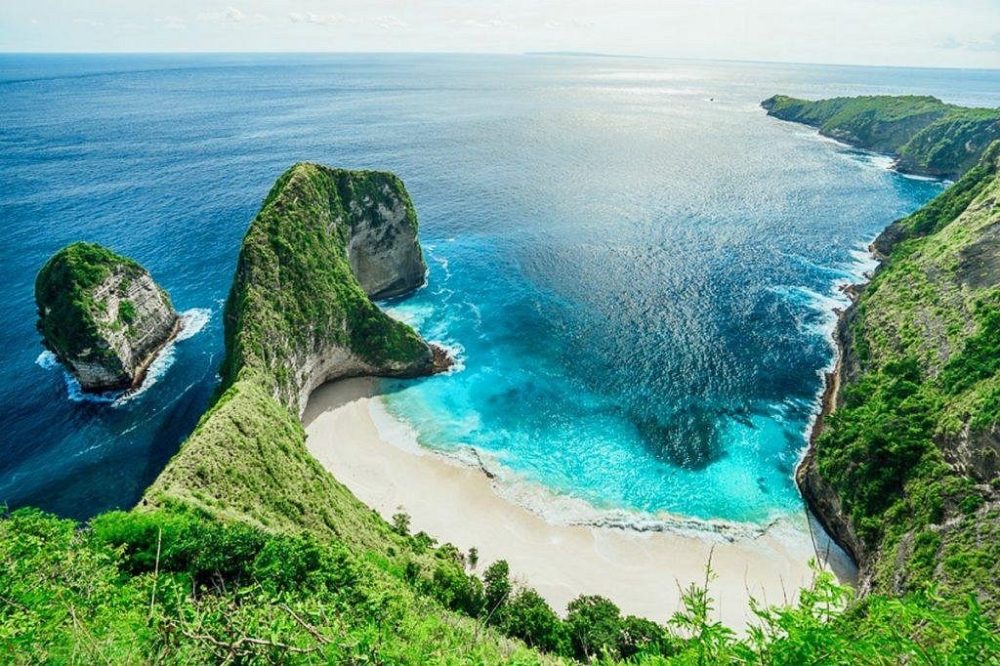

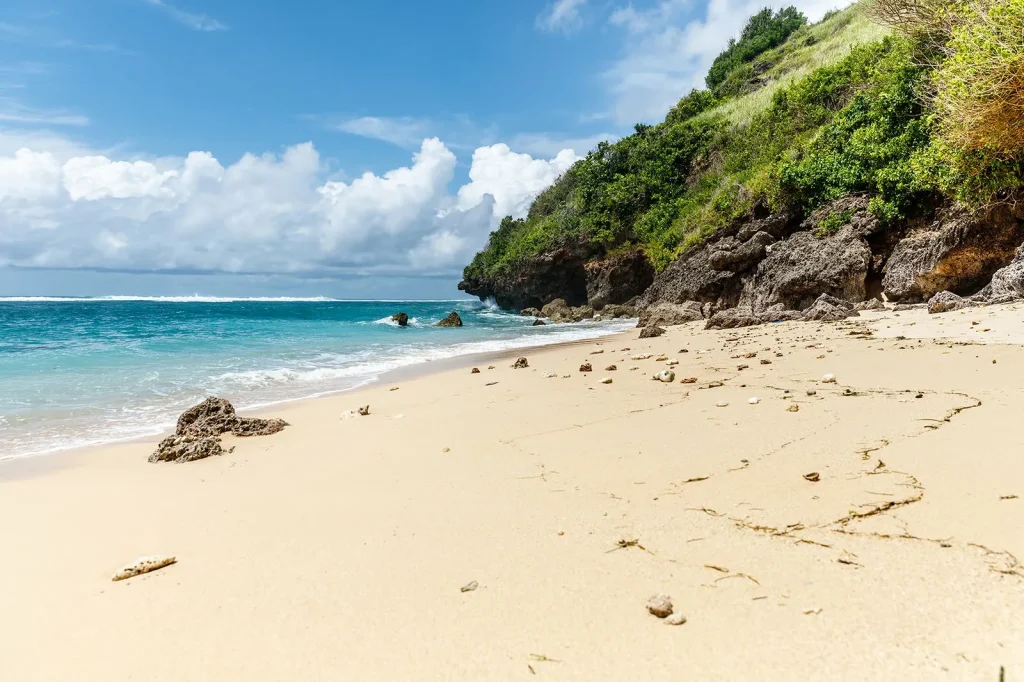 Bali’s beautiful beaches are amazingly diverse. Surfing, luxury resorts, secluded corners – everyone will find a place to their liking. Here you can meditate at dawn, dive into the underwater world or enjoy gastronomic masterpieces right by the ocean. Bali is not just a journey, it is an adventure that begins with the first step onto the soft sand. Discover your beach paradise now!
Bali’s beautiful beaches are amazingly diverse. Surfing, luxury resorts, secluded corners – everyone will find a place to their liking. Here you can meditate at dawn, dive into the underwater world or enjoy gastronomic masterpieces right by the ocean. Bali is not just a journey, it is an adventure that begins with the first step onto the soft sand. Discover your beach paradise now!
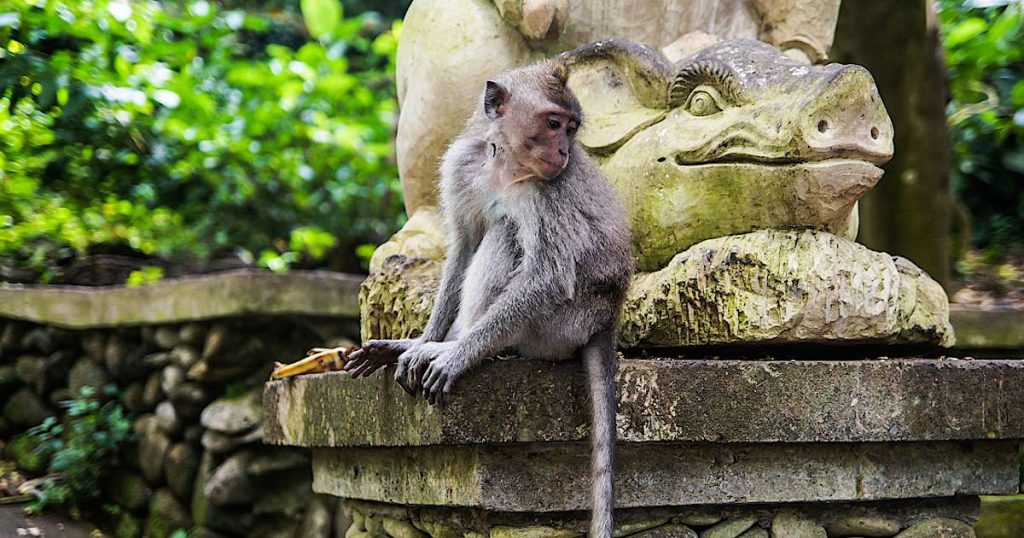 Macaques are often seen in the streets and temples of the island. These animals have long been accustomed to tourists and know they can get food. They can be found in the monkey forest in Ubud, at Uluwatu Temple and even on some beaches.
Macaques are often seen in the streets and temples of the island. These animals have long been accustomed to tourists and know they can get food. They can be found in the monkey forest in Ubud, at Uluwatu Temple and even on some beaches.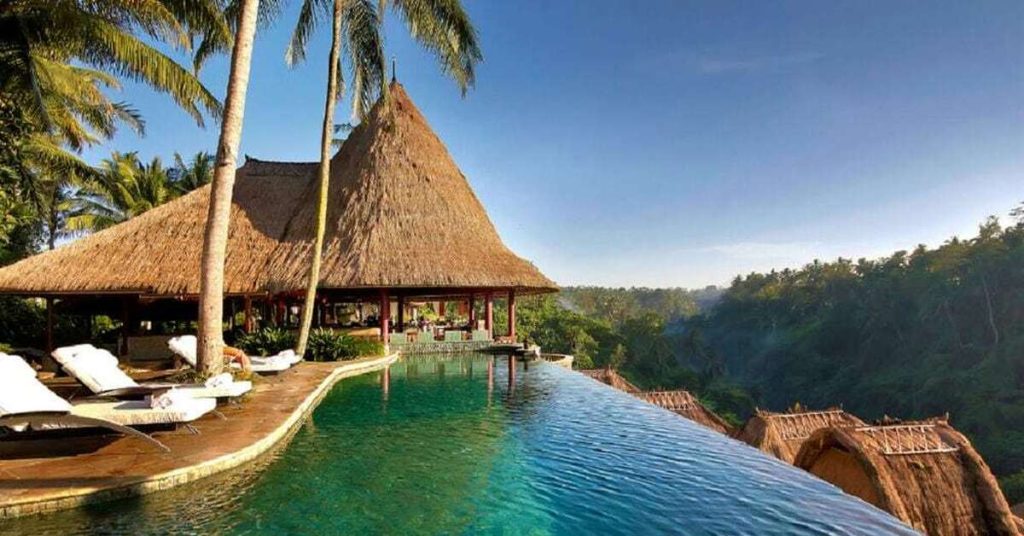 Bali’s animals make the island truly distinctive. Encounters with them can be both pleasant and unexpected. From monkey sightings at temples to evening gecko ‘concerts’, the island offers a special interaction with nature. It’s important to remember: animals here are an integral part of the ecosystem, and treating them with respect preserves this fascinating world.
Bali’s animals make the island truly distinctive. Encounters with them can be both pleasant and unexpected. From monkey sightings at temples to evening gecko ‘concerts’, the island offers a special interaction with nature. It’s important to remember: animals here are an integral part of the ecosystem, and treating them with respect preserves this fascinating world.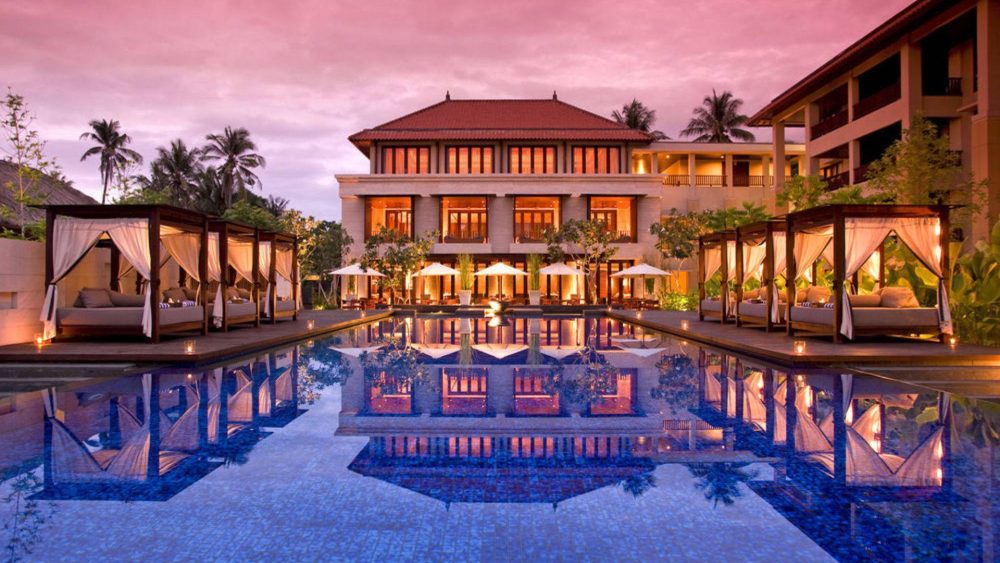
 Located in the upscale neighbourhood of Nusa Dua, the hotel is known for its green areas, beautiful beaches and crystal clear waters. The full package includes a morning and evening buffet and unlimited drinks. Tennis, golf and water sports are available for outdoor enthusiasts. In the evening there are cookery shows and themed dinners for guests.
Located in the upscale neighbourhood of Nusa Dua, the hotel is known for its green areas, beautiful beaches and crystal clear waters. The full package includes a morning and evening buffet and unlimited drinks. Tennis, golf and water sports are available for outdoor enthusiasts. In the evening there are cookery shows and themed dinners for guests.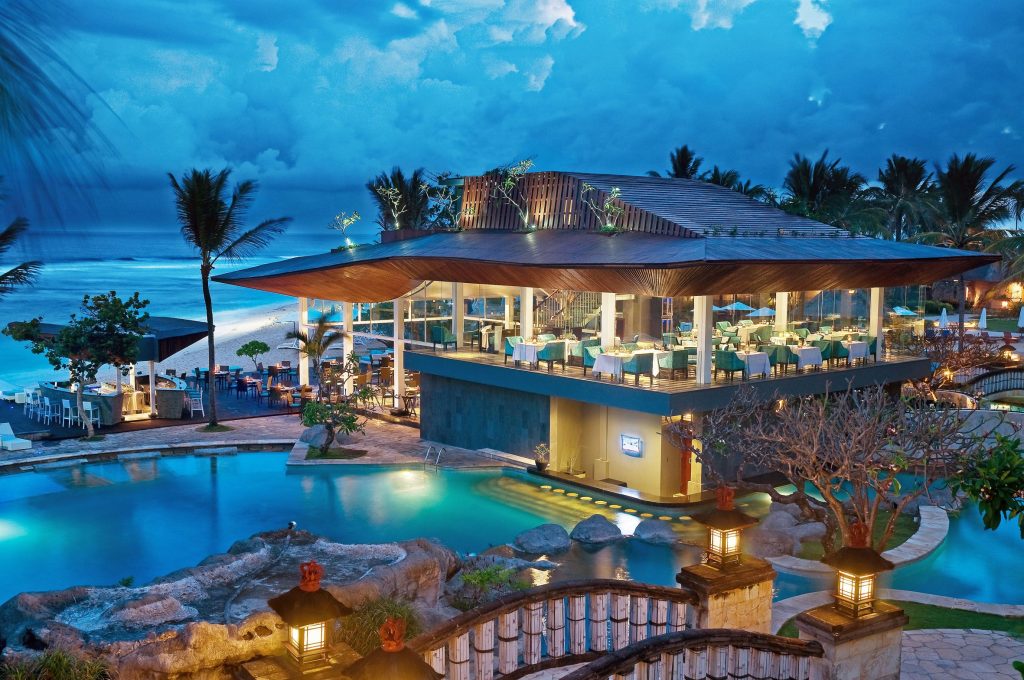 The island is home to resorts that can cater to a variety of travellers’ needs, from full-service luxury complexes to secluded retreat hotels focused on health and recovery. In 2025, all-inclusive hotels in Bali provide everything you need for a comfortable holiday: excursions, various activities and entertainment.
The island is home to resorts that can cater to a variety of travellers’ needs, from full-service luxury complexes to secluded retreat hotels focused on health and recovery. In 2025, all-inclusive hotels in Bali provide everything you need for a comfortable holiday: excursions, various activities and entertainment.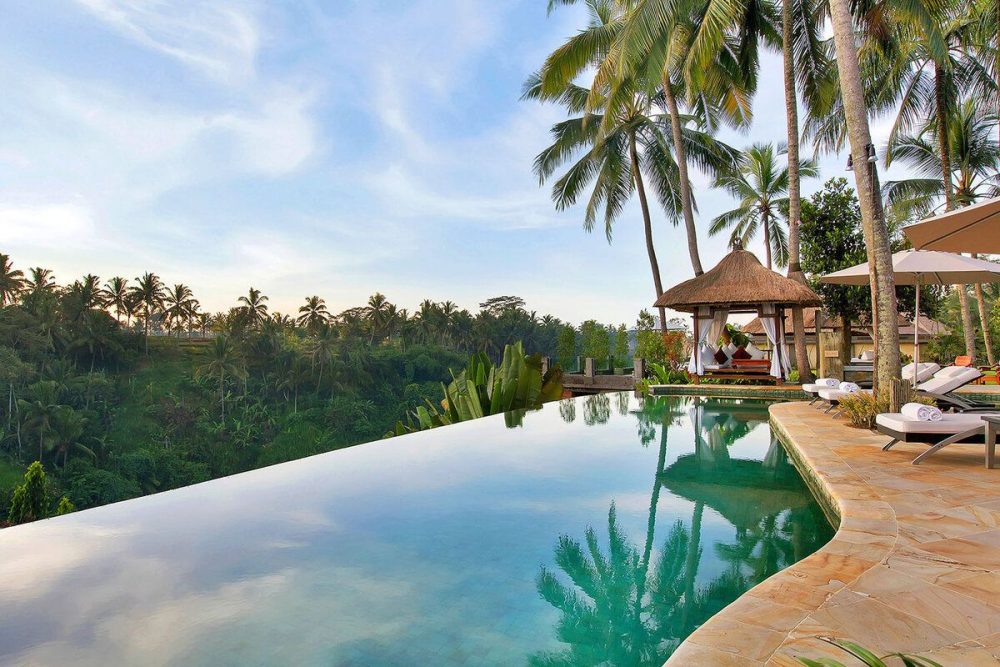
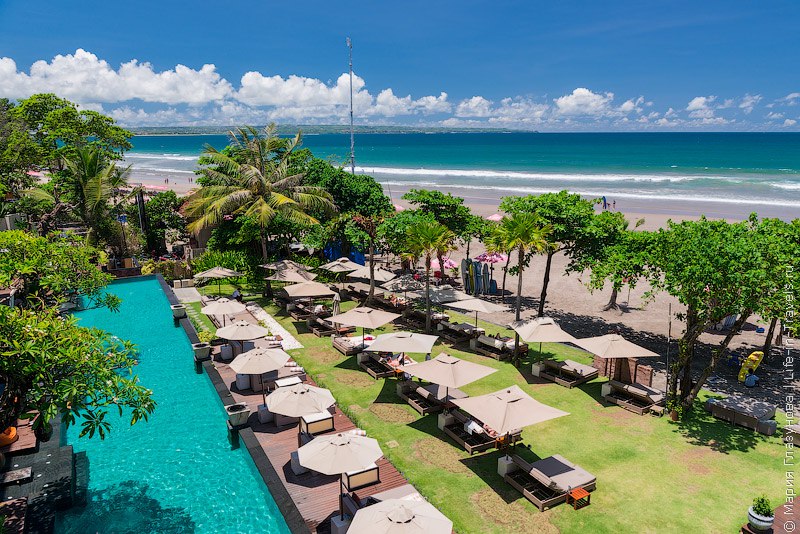 Seminyak is shifting its focus from mass appeal to quality. The region offers signature hotels, designer boutiques, and concept bars. Gastronomy becomes part of the itinerary: each café builds a unique philosophy, from vegan sets to tasting Balinese coffee in five roasting formats. There are surf schools, yoga studios and sunset meditation areas on the beach. Bali’s Seminyak level resorts shape the aesthetic perception of the island – through footage, flavour, light, architecture.
Seminyak is shifting its focus from mass appeal to quality. The region offers signature hotels, designer boutiques, and concept bars. Gastronomy becomes part of the itinerary: each café builds a unique philosophy, from vegan sets to tasting Balinese coffee in five roasting formats. There are surf schools, yoga studios and sunset meditation areas on the beach. Bali’s Seminyak level resorts shape the aesthetic perception of the island – through footage, flavour, light, architecture.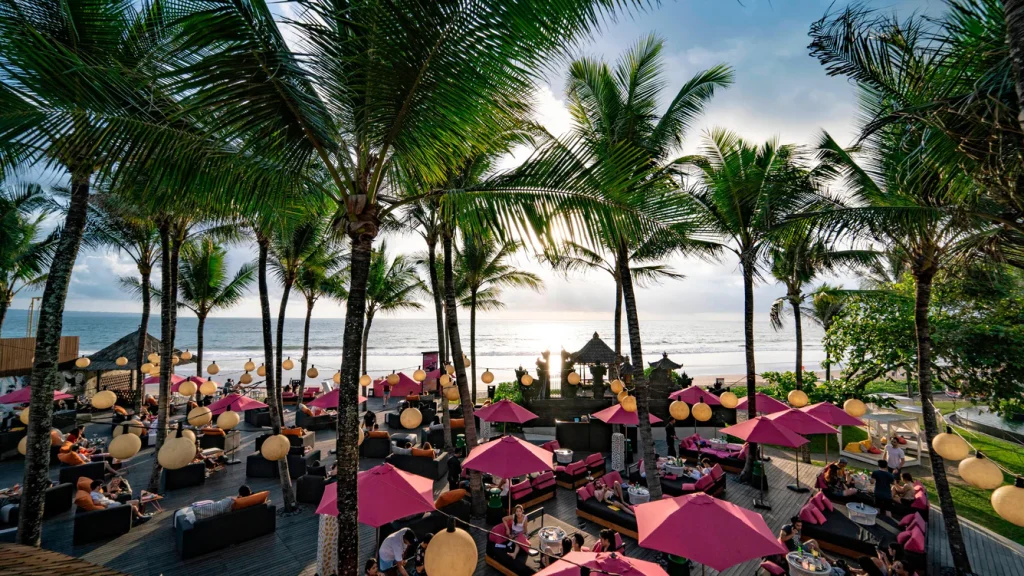 Bali’s resorts are no longer a homogeneous mass of beaches and palm trees. Today, each corner of the island builds its own formula: one for tranquillity, another for waves, a third for revitalisation. The most important thing is not to look for a universal option, but to understand your own needs. Kuta with its parties and noise will suit some, while Amed with its quietness and underwater photography will suit others. A third will want wildlife in Medevi or polished luxury in Nusa Dua.
Bali’s resorts are no longer a homogeneous mass of beaches and palm trees. Today, each corner of the island builds its own formula: one for tranquillity, another for waves, a third for revitalisation. The most important thing is not to look for a universal option, but to understand your own needs. Kuta with its parties and noise will suit some, while Amed with its quietness and underwater photography will suit others. A third will want wildlife in Medevi or polished luxury in Nusa Dua.





